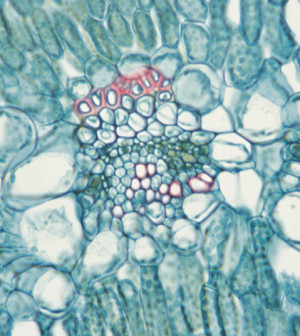- Skip Storing This Everyday Product in the Fridge Door
- Green Tea + B3 Pairing May Boost Brain Health
- Navigating Your Midlife Crisis: Embracing New Possibilities
- City Raccoons Showing Signs of Domestication
- Mapping the Exposome: Science Broadens Focus to Environmental Disease Triggers
- One Week Less on Social Media Linked to Better Mental Health
- Your Brain Changes in Stages as You Age, Study Finds
- Some Suicide Victims Show No Typical Warning Signs, Study Finds
- ByHeart Formula Faces Lawsuits After Babies Sickened With Botulism
- Switch to Vegan Diet Could Cut Your Greenhouse Gas Emissions in Half
Self-Checks Help Spot Melanoma’s Return

Self-checks by melanoma skin cancer patients play an important role in detecting a return of the most deadly form of skin cancer, new research suggests.
In the study, which covered the years from 1996 to 2015, investigators from Thomas Jefferson University in Philadelphia and the University of North Carolina analyzed data from a multi-institution database on 581 stage 2 melanoma patients who were followed for at least one year. Of those, 171 (29 percent) had a recurrence of their cancer.
Patient-detected symptoms such as changes on their skin, coughing blood, or seizures were the most common ways that recurrence was detected, accounting for 40 percent of cases.
Thirty percent were detected by scheduled doctor exams and 26 percent were spotted in routine imaging tests, according to the study published recently in the Journal of the American College of Surgeons.
“Patients need to be aware of all of their symptoms and their body. But it’s also important for physicians to educate patients as to what to look for and what symptoms are a cause for concern,” study co-author Dr. Adam Berger, a professor of surgery at Thomas Jefferson University, said in a journal news release.
“Patients should examine their skin and the area where lymph nodes would be on a monthly basis. And if they have a symptom that doesn’t go away after two or three weeks, it should be brought to a physician’s attention, because that is an indicator that the melanoma has come back,” he said.
Berger added, “The fact that imaging picked up 26 percent of patients with recurrence is notable because it is a little higher than what we’ve seen in the past, which I think reflects the current trend to do more imaging in general. There is a move to use CT scans and other imaging techniques as an important strategy in early recurrence detection.”
Melanoma has a 95 percent cure rate if caught and treated early, but some research suggests the recurrence rate for melanoma is as high as 50 percent, the study authors said.
“We are most concerned about patients who have stage 2 melanoma,” Berger said. “They have more advanced primary melanomas and, on average, between 20 and 45 percent of these patients will die within five years. In the past, we didn’t have good therapies for this type of melanoma, but new therapies mean survival continues to improve.”
More information
The U.S. National Cancer Institute has more on melanoma.
Source: HealthDay
Copyright © 2025 HealthDay. All rights reserved.










